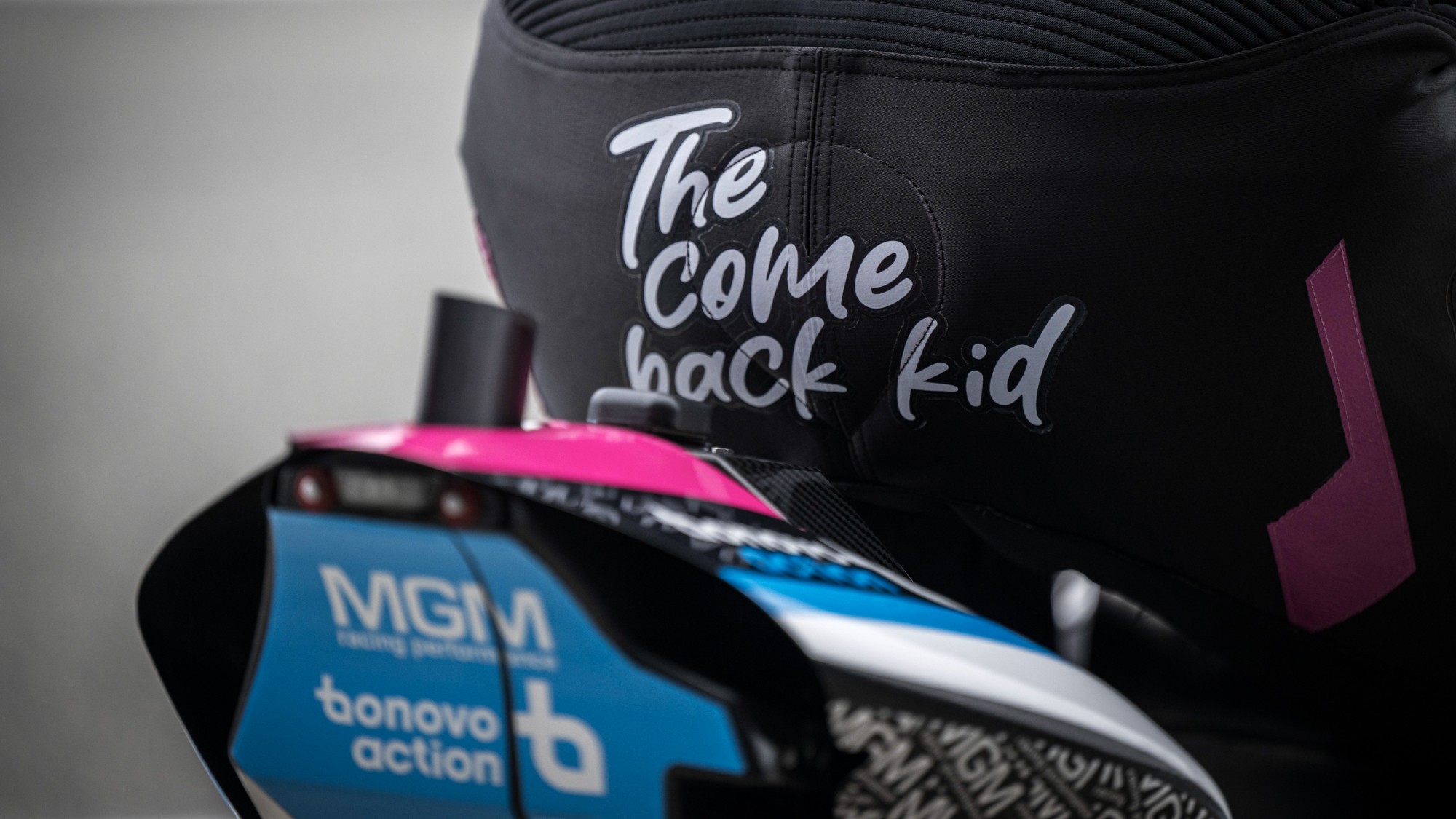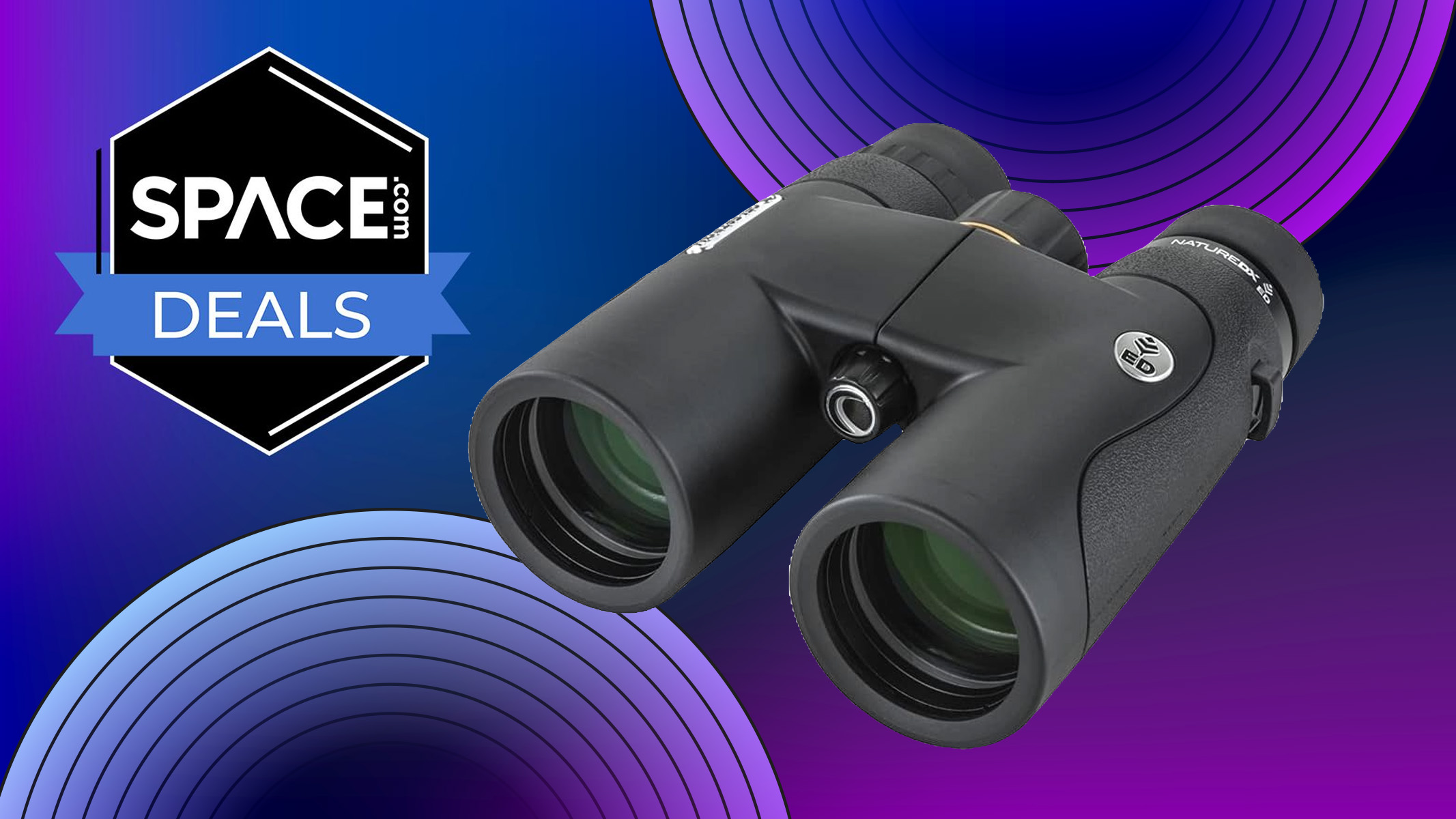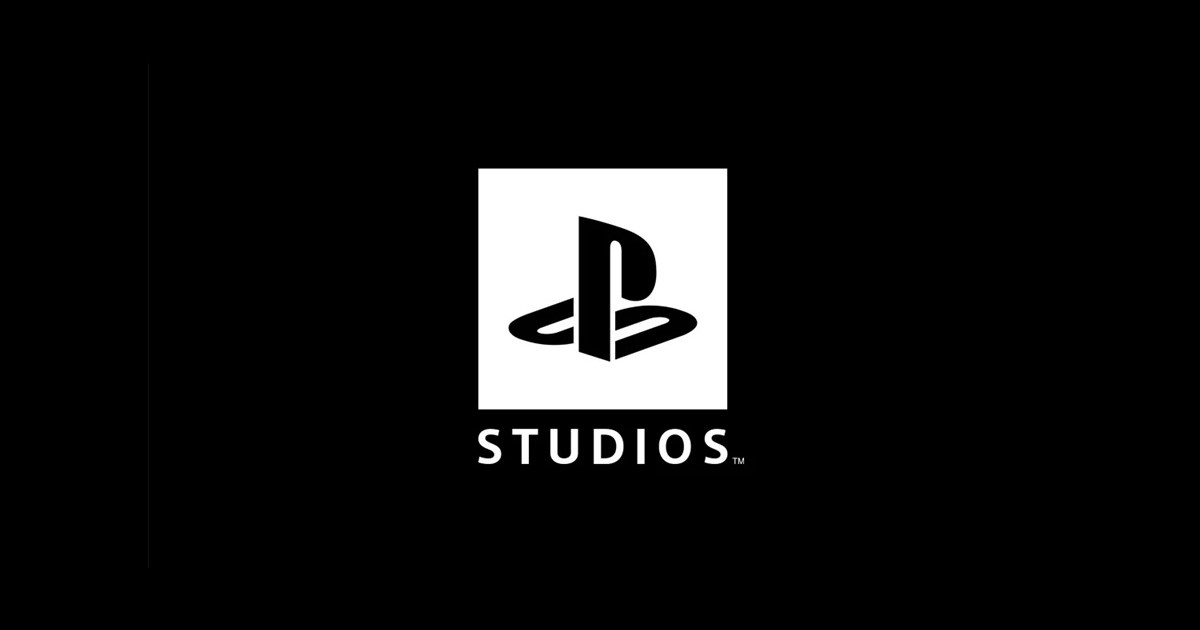The best gaming headsets for 2025
Sometimes, the best gaming headset doesn’t need to be a “gaming headset” at all. While many people view these devices as their own niche, they’re ultimately still headphones, just with a boom mic and some fancy branding attached. While the general quality of dedicated headsets has improved over time, they still tend to cost more compared to a good pair of wired headphones (which, yes, still exist). If you need to chat with friends, you can always buy a microphone separately and get superior sound quality there as well.That said, we understand that many people just want the convenience of a headset with a mic built right in. So after testing dozens of contenders over the past couple of years, we’ve rounded up a few commendable gaming headsets and headphones that work well for gaming. As you’ll see, the two aren’t quite the same thing. Whichever way you go, though, all of our picks should make your game time more enjoyable, no matter which platform you use, and whether you play competitively or just for fun. What to look for in good gaming headphones The HyperX Cloud Stinger 2. Photo by Jeff Dunn / Engadget Evaluating headphones is a particularly subjective exercise, so calling one pair the absolute “best” is something of a fool’s errand. At a certain point, whether you're an audiophile or not, everything becomes a matter of taste. For most, a headphone with a wide soundscape and strong imaging performance — i.e., the ability to position sounds correctly, so you can more precisely tell where footsteps and other game effects are coming from — will provide the most immersive gaming experience, the kind that makes you feel like your head is within a given scene. For that, you want a high-quality pair of open-back headphones. That is to say, an over-ear pair whose ear cups do not completely seal off the ear from air and outside noise. These are inherently terrible at isolating you from external sound and preventing others from hearing what you’re playing, so if you often play games in a noisy environment, their benefits will be blunted. But in a quiet room, the best open-back pairs sound significantly wider and more precise than more common closed-back models. More up for debate is how a good gaming headphone should sound. If you want something that’ll help you in competitive multiplayer games, you may prefer a headphone with a flatter sound signature, which'll keep a game’s mix from being overly boosted in one direction and is less likely to mask the smaller details of what’s happening around you. A slightly brighter sound, one that pushes the upper frequencies a tad, may also work. Open-back headphones almost never have huge sub-bass, so you rarely have to worry about low-end sounds muddying up the rest of the signature. In this light, the fact that an overwhelming amount of gaming headsets are closed-back and bass-heavy seems counterintuitive. Lots of people love bass, though. And if you don't really care about competitive play, some extra low-end can add a touch of excitement to action scenes or rousing soundtracks. You still don’t want a pair that boosts the low-end too hard — as many gaming headsets do — but the point is that what makes a pair “immersive” to one person may sound dull to another. Other gaming headsets we tested The PlayStation Pulse Elite. Jeff Dunn for Engadget Note: This is a selection of noteworthy gaming headsets and headphones we’ve put through their paces, not a comprehensive list of everything we’ve ever tried. PlayStation Pulse Elite (and Pulse Explore) The PlayStation Pulse Elite is a reasonable alternative to the Turtle Beach Atlas Air for PS5 owners, as it allows you to change volume, swap between different EQ presets, adjust the game-to-chat mix and mute the mic right from the console’s native UI. It’s similar to the way AirPods integrate with iPhones. This pair also lets you connect to a second device over Bluetooth at the same time, and the planar magnetic drivers — a rarity for $150 headphones — do a decent job of reproducing smaller details. The sound profile as a whole is narrower and more uneven in the bass and treble than the Atlas Air, however, while the all-plastic design is comfortable but flimsy-feeling. It also doesn’t do much to block outside noise, despite being closed-back, and the control buttons are awkward to reach. We also tested the in-ear version of these headphones, the PlayStation Pulse Explore, but found it too uncomfortable to wear over extended sessions. That one is limited to roughly five hours of battery life, too. Astro A50 (Gen 5) The Astro A50 (Gen 5) is effectively the same headset as the A50X, just without any HDMI ports on its base station. It costs $80 less, so it’s a worthy alternative to the Audeze Maxwell if you mainly play on one platform and want a superior microphone. But the ability to automatically switch between consoles is the thing that makes the A50X worth

Sometimes, the best gaming headset doesn’t need to be a “gaming headset” at all. While many people view these devices as their own niche, they’re ultimately still headphones, just with a boom mic and some fancy branding attached. While the general quality of dedicated headsets has improved over time, they still tend to cost more compared to a good pair of wired headphones (which, yes, still exist). If you need to chat with friends, you can always buy a microphone separately and get superior sound quality there as well.
That said, we understand that many people just want the convenience of a headset with a mic built right in. So after testing dozens of contenders over the past couple of years, we’ve rounded up a few commendable gaming headsets and headphones that work well for gaming. As you’ll see, the two aren’t quite the same thing. Whichever way you go, though, all of our picks should make your game time more enjoyable, no matter which platform you use, and whether you play competitively or just for fun.
What to look for in good gaming headphones
Evaluating headphones is a particularly subjective exercise, so calling one pair the absolute “best” is something of a fool’s errand. At a certain point, whether you're an audiophile or not, everything becomes a matter of taste. For most, a headphone with a wide soundscape and strong imaging performance — i.e., the ability to position sounds correctly, so you can more precisely tell where footsteps and other game effects are coming from — will provide the most immersive gaming experience, the kind that makes you feel like your head is within a given scene.
For that, you want a high-quality pair of open-back headphones. That is to say, an over-ear pair whose ear cups do not completely seal off the ear from air and outside noise. These are inherently terrible at isolating you from external sound and preventing others from hearing what you’re playing, so if you often play games in a noisy environment, their benefits will be blunted. But in a quiet room, the best open-back pairs sound significantly wider and more precise than more common closed-back models.
More up for debate is how a good gaming headphone should sound. If you want something that’ll help you in competitive multiplayer games, you may prefer a headphone with a flatter sound signature, which'll keep a game’s mix from being overly boosted in one direction and is less likely to mask the smaller details of what’s happening around you. A slightly brighter sound, one that pushes the upper frequencies a tad, may also work. Open-back headphones almost never have huge sub-bass, so you rarely have to worry about low-end sounds muddying up the rest of the signature. In this light, the fact that an overwhelming amount of gaming headsets are closed-back and bass-heavy seems counterintuitive.
Lots of people love bass, though. And if you don't really care about competitive play, some extra low-end can add a touch of excitement to action scenes or rousing soundtracks. You still don’t want a pair that boosts the low-end too hard — as many gaming headsets do — but the point is that what makes a pair “immersive” to one person may sound dull to another.
Other gaming headsets we tested
Note: This is a selection of noteworthy gaming headsets and headphones we’ve put through their paces, not a comprehensive list of everything we’ve ever tried.
PlayStation Pulse Elite (and Pulse Explore)
The PlayStation Pulse Elite is a reasonable alternative to the Turtle Beach Atlas Air for PS5 owners, as it allows you to change volume, swap between different EQ presets, adjust the game-to-chat mix and mute the mic right from the console’s native UI. It’s similar to the way AirPods integrate with iPhones. This pair also lets you connect to a second device over Bluetooth at the same time, and the planar magnetic drivers — a rarity for $150 headphones — do a decent job of reproducing smaller details. The sound profile as a whole is narrower and more uneven in the bass and treble than the Atlas Air, however, while the all-plastic design is comfortable but flimsy-feeling. It also doesn’t do much to block outside noise, despite being closed-back, and the control buttons are awkward to reach.
We also tested the in-ear version of these headphones, the PlayStation Pulse Explore, but found it too uncomfortable to wear over extended sessions. That one is limited to roughly five hours of battery life, too.
Astro A50 (Gen 5)
The Astro A50 (Gen 5) is effectively the same headset as the A50X, just without any HDMI ports on its base station. It costs $80 less, so it’s a worthy alternative to the Audeze Maxwell if you mainly play on one platform and want a superior microphone. But the ability to automatically switch between consoles is the thing that makes the A50X worth buying in the first place, so that convenience is still worth paying for if you game on multiple devices.
Corsair Virtuoso Pro
The $200 Corsair Virtuoso Pro is another one of the few dedicated gaming headsets with an open-back design. It has a relatively dark sound with mostly underemphasized treble and elevated upper-bass, though the highs are clearer here than they are on the Astro A40, and it still delivers a wider soundstage than most gaming headsets. We preferred this signature over Astro’s pair with some games, though in others it felt less balanced. The Virtuoso Pro’s mic is decidedly less muffled than the A40’s but still sounds fairly thin, so it’s merely decent compared to the wider headset market. Its headband adjustment mechanism feels cheap, too, and you can’t detach the mic without swapping cables out entirely. Its round, breathable ear cups and manageable weight do make it easy to wear, though, and it comes with a sturdy travel case for protection. Ultimately, it’s a decent buy, but it’s hard to justify over the more featured and easier-sounding Atlas Air.
HyperX Cloud Alpha Wireless
The HyperX Cloud Alpha Wireless can last well over 300 hours at moderate volumes, which is remarkable and by far the best of any wireless model we’ve tested. It’s light and not too snug on the head, and its powerful bass lends a real sense of excitement to in-game action. But it blunts more detail than the Atlas Air, Maxwell and A50 X, and its mic isn’t as good. Several users have also reported latency issues when using the headset with HyperX’s Ngenuity software, and there’s no Xbox, Bluetooth or wired audio support. Still, if battery life is paramount, you may be able to look past all of that.
Logitech G Pro X 2 Lightspeed
If the Audeze Maxwell is out of stock, the Logitech G Pro X 2 Lightspeed is another quality wireless headset worth considering. It sounds better than the HyperX Cloud Alpha Wireless, with satisfying but more controlled bass and more accurate mids, and it’s lighter on the head than the Maxwell. Logitech rates its battery life at 50 hours, but we found it to last much longer at moderate volumes. However, similar to the Astro A50 X, a dip in the treble makes it sound darker and more veiled than the Maxwell, and it doesn’t have any HDMI-switching tricks to fall back on. Its mic also sounds less natural than those of the Maxwell, A50 X and Cloud Alpha Wireless. Plus, while it can connect over a USB dongle, Bluetooth or a 3.5mm cable, it can’t pair to two devices at once like Audeze’s and Astro’s pairs. Our biggest issue is the price: Value-wise, it’s in something of a no man’s land at its MSRP of $250. It’s a fine choice if it dips below $200, though.
Razer BlackShark V2 Pro
The wireless Razer BlackShark V2 Pro is tremendously comfortable and has a good mic, but its boomy sound is less refined and detailed than the Audeze Maxwell. As a closed-back headset, it also lacks the width of the Atlas Air. There’s no support for wired audio either.
Logitech G535 Lightspeed
The Logitech G535 is an impressively light (0.52 pounds) and comfy wireless headset that’s often available for $100 or less. It has a relatively neutral sound signature: not flat, but not beholden to big, thumping bass. It can make details in the mids sound thin, and if anything it could use a little more sub-bass, but it’s an agreeable listen overall. However, its mic isn't especially full, and its 35-or-so-hour battery life is a significant drop from our top recommendations. It doesn’t work with Xbox’s wireless protocol or Bluetooth either, and it forces you to crank the volume to reach a listenable level. But if you don’t want to spend a ton on a wireless headset, it’s a fine value.
SteelSeries Arctis Nova 7X
Xbox owners who want a more affordable wireless headset than the Audeze Maxwell could do worse than the SteelSeries Arctis Nova 7X. It’s another bass-forward pair, and its mic is comparable to that of the Cloud Alpha Wireless. It offers multiple connectivity options, including Bluetooth and a 3.5mm cable. While it's marketed for Xbox, it can also connect to PCs and PS5s. Its 30-ish-hour battery life is well short of the Maxwell and Cloud Alpha Wireless, however, and its uneven treble can cause things like in-game dialogue to sound masked in certain titles.
HyperX Cloud Alpha
The wired HyperX Cloud Alpha often goes for $80 or less, and at that price it’s a decent middle ground between the Cloud Stinger 2 and Astro A40 if you really want a closed-back gaming headset. It’s old, but its plush earpads and headband are comfy, and its detachable mic, while not superb, is still better than the one on the A40. Its treble is underemphasized, however, and again it sounds more “in your head” than Astro's pair.
SteelSeries Arctis Nova Pro
The SteelSeries Arctis Nova Pro is comfortable and has a noticeably clearer mic than the Astro A40. It also comes with a useful DAC that makes it easy to adjust the headset’s EQ and game-to-chat mix on the fly. However, its closed-back design can’t provide the same enveloping sense of width, and its default sound can sound piercing in the treble. Like the Virtuoso Pro, it’s also a bit too pricey, typically hovering in the $200 to $220 range.
SteelSeries Arctis Nova Pro Wireless
The SteelSeries Arctis Nova Pro Wireless is largely similar to its wired counterpart but adds a passable level of active noise cancellation. Being able to hot-swap battery packs and connect to multiple devices at once is also nice. It’s not as convenient for multi-console play as the Astro A50 X, though, and it usually costs more than the Audeze Maxwell, which sounds better, has a superior mic and lasts longer on a charge.
Beyerdynamic MMX 200
The wireless Beyerdynamic MMX 200 locates in-game effects accurately, feels sturdy and has a great boom mic, but it sounds less articulate than the Audeze Maxwell, with heavily exaggerated bass and recessed lower-mids. There's no game-to-chat mix or custom EQ tools, which is tough for a $250 headset, and its 35-hour battery life is unremarkable. We also found its sweat-inducing ear cushions and headband to clamp down too tight for comfort. However, the built-in transparency mode is nice and the tight fit does a good job of isolating outside noise.
Beyerdynamic MMX 300 Pro
There’s nothing particularly bad about the Beyerdynamic MMX 300 Pro: It uses the same drivers as the DT 900 Pro X, its velour earpads are comfy and its mic works well. It’s just hard to recommend spending $300 on a wired-only headset when the Audeze Maxwell offers wireless functionality and similarly excellent sound — with slightly less spiky treble and more even bass — for the same price. The MMX 300 Pro’s mic isn’t detachable either, and the closed-back design keeps it from sounding as wide as the DT 900 Pro X.
HyperX Cloud III Wireless
The HyperX Cloud III Wireless is comfy and can last up to 120 hours per charge but sounds less dynamic than the older Cloud Alpha Wireless, with weaker bass response. Like that pair, it also lacks a 3.5mm jack, Bluetooth audio support and Xbox compatibility. The Cloud Alpha Wireless still gets nearly three times the battery life, too, so it remains a better buy if you want a wireless headset for PC or PS5 in the $150 range.
Sennheiser HD 490 Pro
The Sennheiser HD 490 Pro are studio-focused open-back headphones that also work well for gaming. They come with two sets of ear pads, one that slightly elevates the bass and another that bumps the midrange, though they deliver impressive width and detail either way without pushing too hard in one direction. They’re a pleasure to wear over long stretches, both lighter than the DT 900 Pro X and less stiff than the HD 560S. That said, they cost $400 and their sound profile is more of a nice alternative to our top picks than something clearly more natural or resolving. Most people don’t need to pay the premium.
Recent updates
January 2025: We’ve looked over this guide to ensure our picks are still accurate and added notes on a few more headsets we’ve recently tested, including the PlayStation Pulse Elite, Astro A50 (Gen 5) and Beyerdynamic MMX 300 Pro.
November 2024: We've updated this guide with a new recommendation for the best dedicated gaming headset, the Turtle Beach Atlas Air, and reorganized our picks accordingly. We've also added notes on other gaming-friendly headphones we've tested, including the Sennheiser HD 490 Pro and Razer BlackShark V2 Pro, and removed a couple of write-ups on headsets that are no longer available.This article originally appeared on Engadget at https://www.engadget.com/audio/headphones/best-gaming-headset-130006477.html?src=rss
What's Your Reaction?




















![[FREE EBOOKS] Hacking and Securityy, The Kubernetes Book & Four More Best Selling Titles](https://www.javacodegeeks.com/wp-content/uploads/2012/12/jcg-logo.jpg)





















![AI in elementary and middle schools [NAESP]](https://dangerouslyirrelevant.org/wp-content/uploads/2025/01/NAESP-Logo-Square-1.jpg)








































